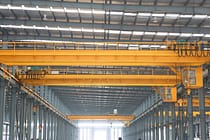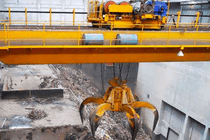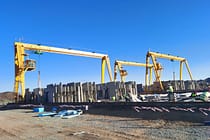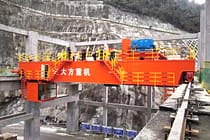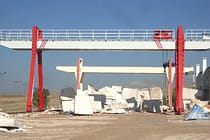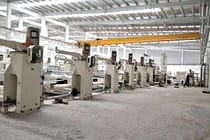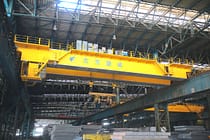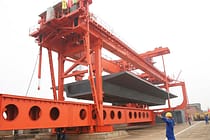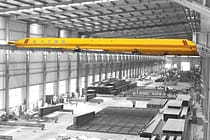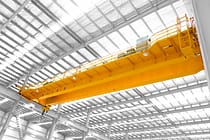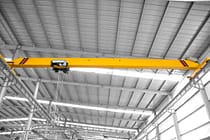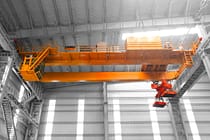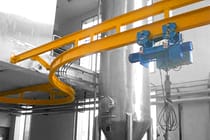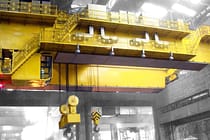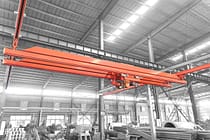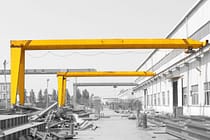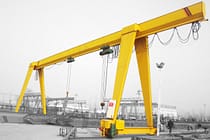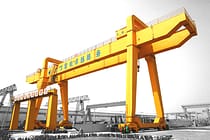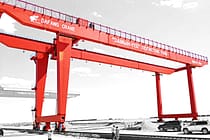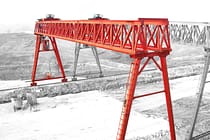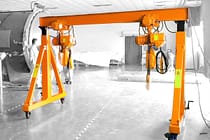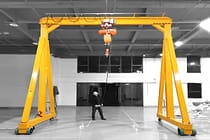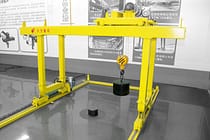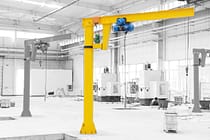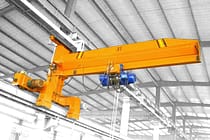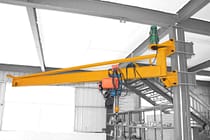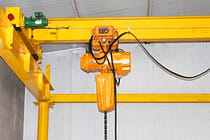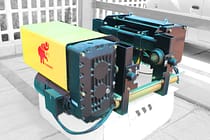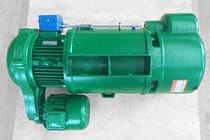Overhead Crane Training: Ensure Safety And Compliance
Overhead cranes are essential equipment for moving heavy loads in various industries, but they can also pose safety risks if not operated correctly. That’s why proper training is critical to ensure the safety of workers and compliance with regulations. This article explores the importance of overhead crane training, its benefits, and what it entails.
Why Overhead Crane Training Matters
Operating an overhead crane requires specialized skills and knowledge due to the equipment’s complex nature and potential risks. Without adequate training, operators and other personnel involved in crane operations may not be aware of the hazards and how to mitigate them, leading to accidents, injuries, and even fatalities. Additionally, a lack of training can result in non-compliance with regulations, which can lead to legal and financial consequences.
Benefits Of Overhead Crane Training
Investing in overhead crane training can bring many benefits to your organization, including:
Improved Safety
The primary objective of overhead crane training is to ensure safe and efficient crane operation. By providing comprehensive training to your crane operators and other personnel, you reduce the risk of accidents, injuries, and property damage. Proper training covers topics such as load handling, rigging, inspection, maintenance, and emergency procedures, giving your workers the knowledge and skills to operate cranes safely.
Increased Productivity
Well-trained crane operators can perform their duties more efficiently, leading to increased productivity and reduced downtime. They can handle loads more accurately and quickly, decreasing the time required to move materials and products within your facility. Moreover, properly trained operators are less likely to cause accidents or damage, reducing the need for repairs and maintenance.
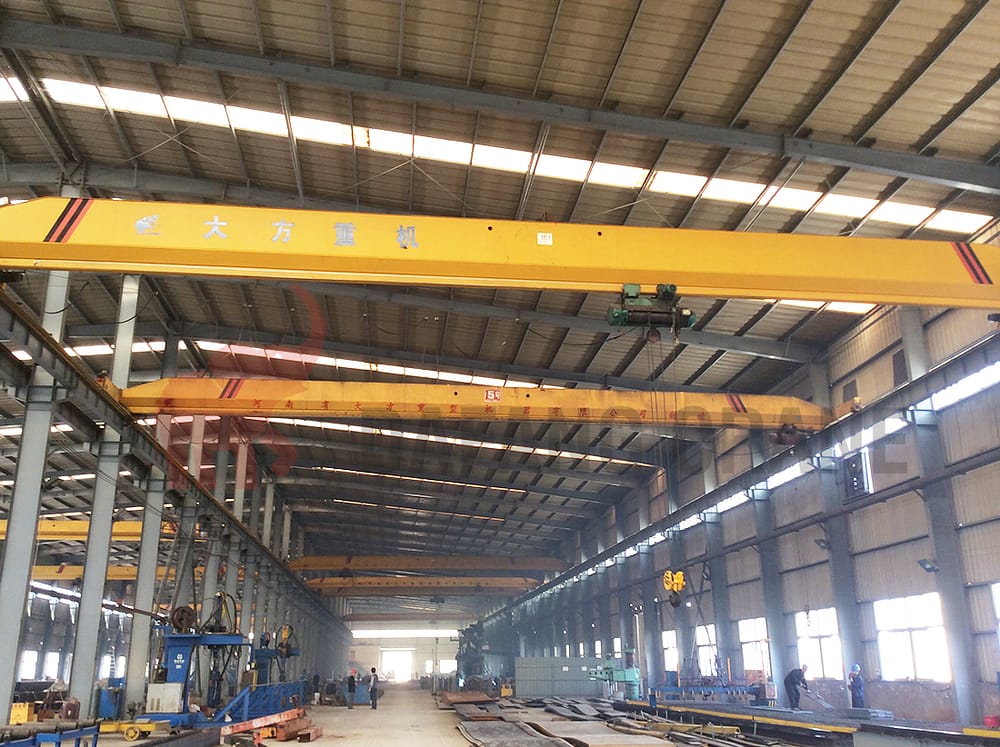
What Overhead Crane Training Entails
Overhead crane training should cover various aspects of crane operations, including:
Load Handling
Training on load handling covers topics such as selecting the right sling or rigging equipment, calculating load weight and centre of gravity, and securing the load properly. It also includes proper lifting techniques, such as avoiding sudden starts and stops, keeping the load balanced, and using hand signals to communicate with other personnel.
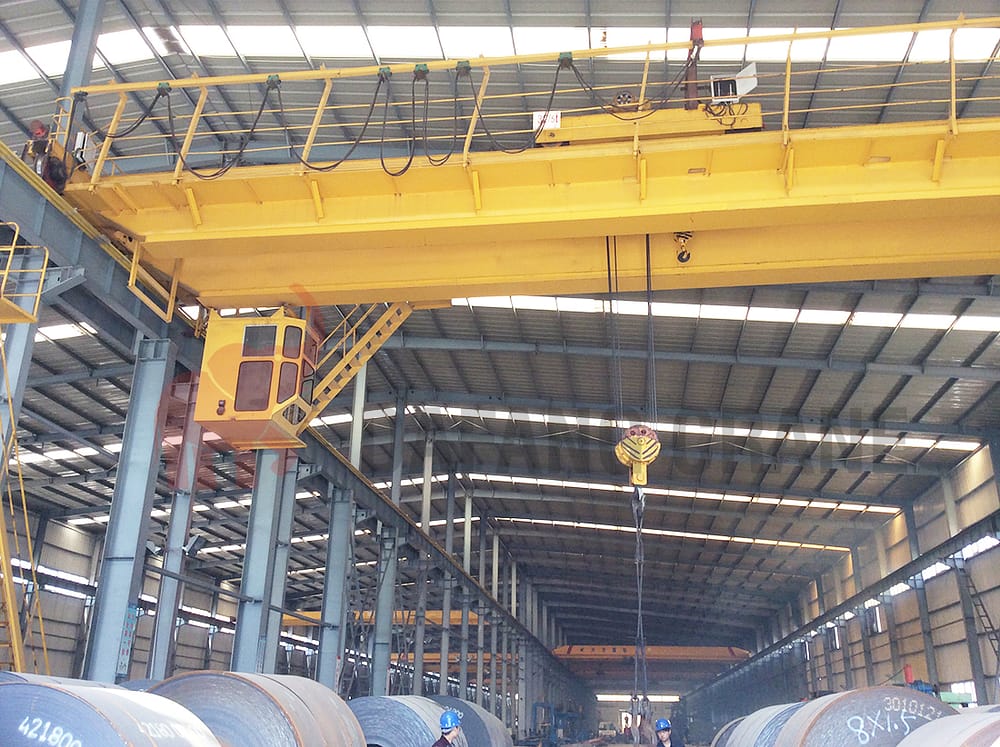
Inspection And Maintenance
Crane inspection and maintenance are critical to ensure safe crane operation. Operators should be trained on how to perform pre-shift inspections, identify potential hazards, and report any issues promptly. They should also know how to conduct routine maintenance tasks, such as lubrication, cleaning, and minor repairs.
Emergency Procedures
In case of an emergency, crane operators and other personnel involved in crane operations should know what to do to prevent further damage and protect their safety. Overhead crane training should cover emergency procedures such as shutting down the crane, evacuating the area, and providing first aid.
Classification And Construction Of Overhead Cranes
Overhead cranes are divided into two types: single-girder overhead cranes and double-girder overhead cranes. Single-girder cranes have one girder that runs the entire length of the crane and supports both the hoist and trolley. On the other hand, double-girder cranes have two girders located parallel to each other, which also support the hoist and trolley.
An EOT crane contains many different parts, such as the bridge, end trucks, hoist, trolley, and electrical controls. The bridge is the primary horizontal beam that spans the entire width of the structure and provides support for the hoist and trolley. At both ends of the bridge, you’ll find end trucks that support wheels allowing the crane to move along the runway. The hoist raises and lowers the load while the trolley moves it horizontally along the bridge. Finally, there are electronic controls that include a pendant, remote control, and limit switches, all of which play critical roles in regulating the crane’s movement and ensuring safety.
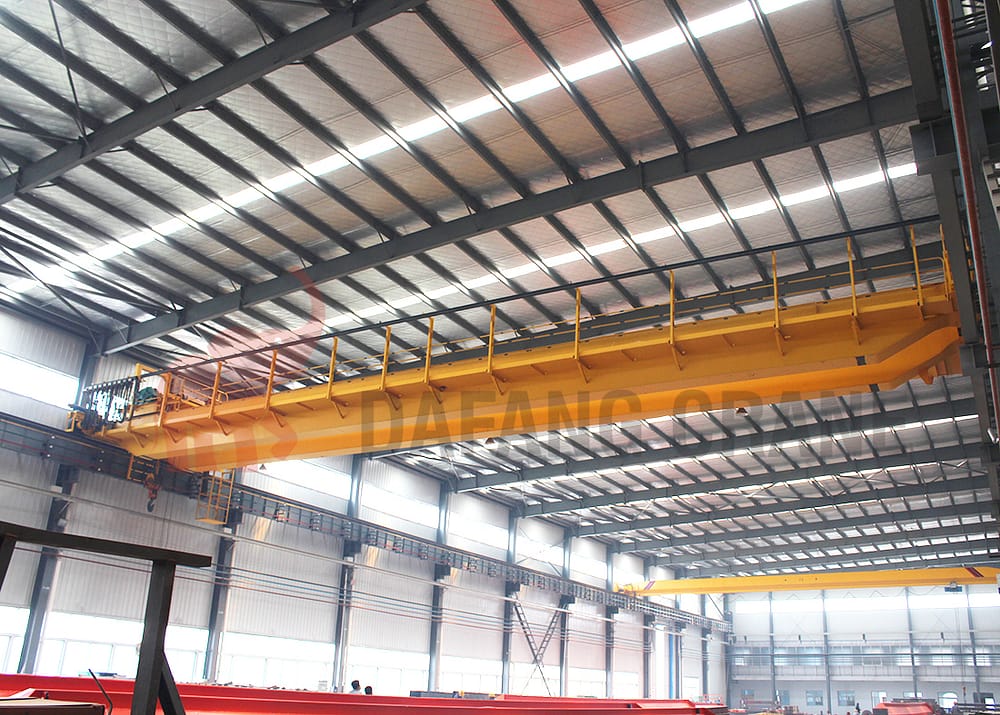
Overhead Crane Safety Operating Procedures
Safety is paramount when operating an overhead crane. Before starting the crane, the operator must perform a pre-operation inspection to ensure that all components are in good condition and working correctly. The inspection includes checking the brakes, hoist ropes, hooks, limit switches, and electrical controls. Additionally, the operator must inspect the load to ensure that it is properly secured and within the rated capacity of the crane.
During operation, the operator must maintain a clear view of the load and avoid overloading or sudden movements that could cause the load to swing or fall. The operator must also be aware of any obstacles or people in the path of the crane and use caution when operating near them. If the crane encounters any problems or malfunctions, the operator must stop the crane immediately and inform the supervisor or maintenance personnel.
Overhead Crane Common Faults And Troubleshooting
Despite regular maintenance and inspections, overhead cranes can experience common faults that require troubleshooting. Some of the most common faults include electrical issues, mechanical problems, and hoist rope wear. Electrical faults can include faulty wiring, blown fuses, or malfunctioning limit switches. Mechanical problems can include worn bearings, cracked welds, or misaligned components. Hoist rope wear can occur due to excessive use, exposure to harsh environments, or improper storage.
When troubleshooting an overhead crane fault, it is essential to follow the manufacturer’s instructions and safety procedures. The first step is to identify the problem and isolate the affected component. Then, the operator or maintenance personnel can perform a visual inspection and use testing equipment to diagnose the issue. Once the problem has been identified, the operator or maintenance personnel can take corrective action, such as replacing a faulty part, tightening loose connections, or adjusting the electrical controls.
FAQs
- Who needs overhead crane training?
Anyone who operates or works around overhead cranes should receive proper training, including crane operators, riggers, signalpersons, and supervisors. - How often should EOT crane training be conducted?
Employers need to provide initial and refresher training for overhead crane operators and other personnel involved in crane operations. The frequency of refresher training depends on factors such as operator performance, workplace changes, and new regulations. - Can bridge crane training be conducted online?
While some aspects of bridge crane training can be conducted online, such as theory and regulations, hands-on training and evaluation must be done in person under the supervision of a qualified trainer. - What are the consequences of non-compliance with EOT crane training regulations?
Non-compliance with EOT crane training regulations can result in an increased risk of accidents, injuries, and property damage. - How can I ensure that my overhead crane training program is effective?
An effective overhead crane training program should cover all aspects of crane operations, including load handling, inspection and maintenance, and emergency procedures. It should also be tailored to your specific workplace and equipment and be delivered by a qualified trainer using a variety of methods, such as classroom instruction, hands-on training, and evaluations.
Send Your Inquiry
- Email: sales@hndfcrane.com
- WhatsApp: +86-191 3738 6654
- Tel: +86-373-581 8299
- Fax: +86-373-215 7000
- Add: Changnao Industrial District, Xinxiang City, Henan Province, China
